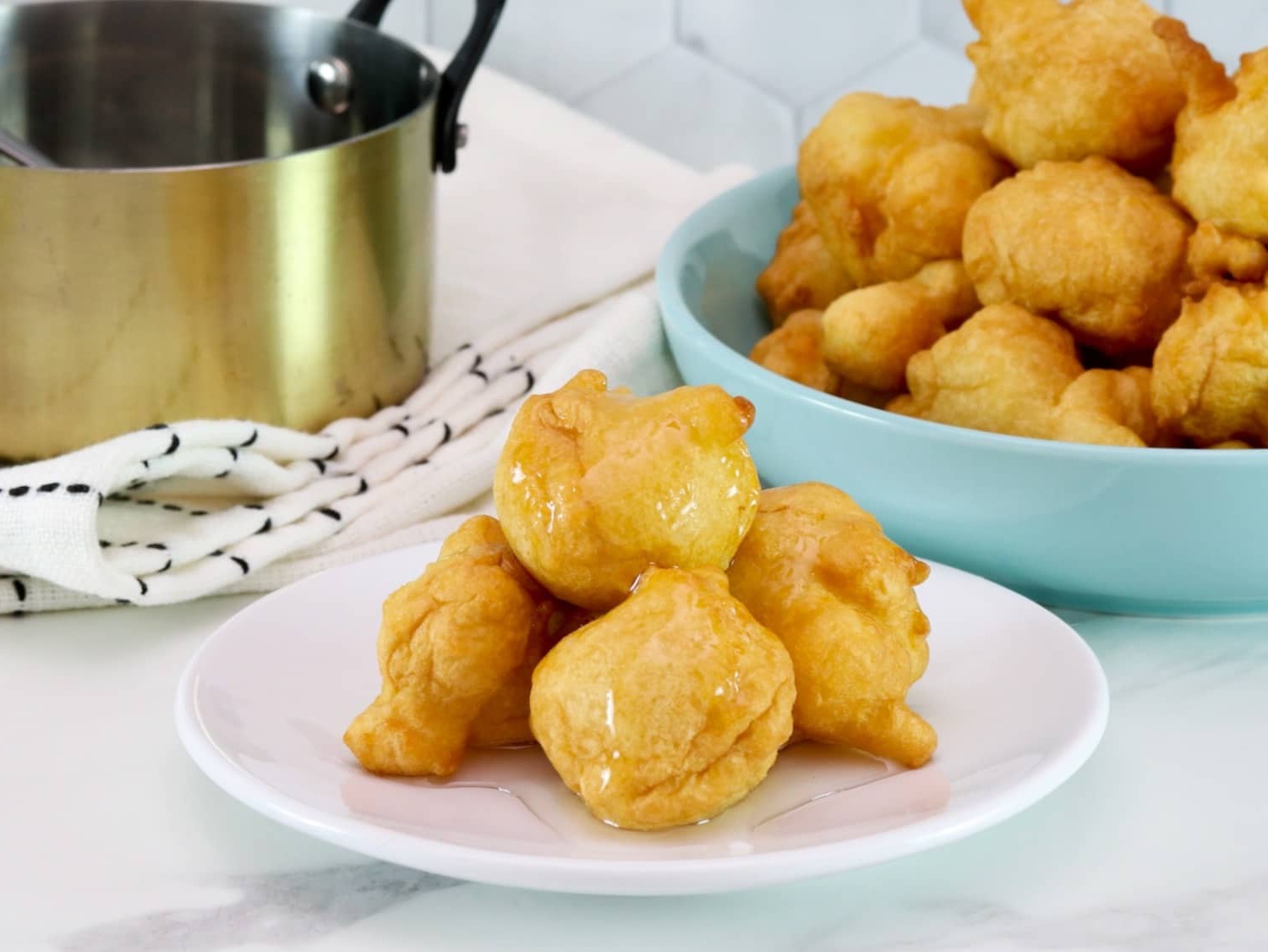
What are Bimuelos? Bimuelos, also known as buñuelos, are delicious fried dough balls enjoyed in many cultures. Originating from Spain, these treats have spread across Latin America, the Philippines, and even parts of the Middle East. Why are they so popular? Their versatility and simplicity make them a favorite. They can be sweet or savory, often dusted with sugar or drizzled with syrup. When are they typically eaten? Bimuelos are popular during holidays and festivals, especially Christmas and Hanukkah. How are they made? The basic recipe involves flour, water, and a bit of yeast, but variations exist. What makes them unique? Each region adds its twist, making bimuelos a delightful culinary adventure.
What Are Bimuelos?
Bimuelos, also known as buñuelos, are a type of fried dough treat enjoyed in many cultures. They come in various shapes and flavors, often dusted with sugar or drizzled with syrup. Let's dive into some fascinating facts about these delicious snacks.
-
Bimuelos have roots in ancient Rome, where they were made with flour and water, then fried in oil.
-
The name "buñuelo" comes from the Spanish word "buño," meaning "swelling" or "bump," describing their puffy appearance.
-
In Spain, bimuelos are traditionally eaten during Christmas and Lent.
-
Mexican buñuelos are often served with a syrup made from piloncillo, a type of unrefined cane sugar.
-
In Colombia, buñuelos are made with cheese, giving them a savory twist.
Cultural Significance
Bimuelos hold a special place in various cultures, often associated with holidays and celebrations. Their preparation and consumption can vary widely depending on the region.
-
In Jewish culture, bimuelos are a popular treat during Hanukkah, symbolizing the miracle of the oil.
-
In the Philippines, buñuelos are called "bunwelos" and are a staple during Christmas festivities.
-
In Turkey, a similar treat called "lokma" is often served at weddings and other celebrations.
-
In Greece, "loukoumades" are the equivalent of buñuelos, often drizzled with honey and sprinkled with cinnamon.
-
In Morocco, "sfenj" are a type of buñuelo enjoyed with mint tea.
Ingredients and Variations
The basic ingredients for bimuelos are simple, but regional variations add unique twists to the recipe. From sweet to savory, there's a buñuelo for every palate.
-
Traditional bimuelos are made with flour, water, and a pinch of salt.
-
Some recipes call for the addition of eggs to make the dough richer.
-
In Mexico, cinnamon is often added to the dough for extra flavor.
-
Colombian buñuelos use a type of cheese called "queso costeño."
-
In some regions, bimuelos are filled with sweet or savory fillings like chocolate or meat.
Cooking Techniques
The method of preparing bimuelos can also vary, affecting their texture and flavor. Whether deep-fried or pan-fried, each technique brings out different qualities in the dough.
-
Deep-frying is the most common method, resulting in a crispy exterior and soft interior.
-
Some recipes call for pan-frying, which makes the bimuelos less greasy.
-
In Spain, bimuelos are often fried in olive oil for a distinct flavor.
-
In Mexico, they are sometimes fried in lard for a richer taste.
-
The dough can be shaped into balls, rings, or even flat discs.
Serving Suggestions
Bimuelos are versatile and can be enjoyed in many ways. Whether as a dessert or a snack, they pair well with various accompaniments.
-
Dusting bimuelos with powdered sugar is a classic way to serve them.
-
Drizzling them with honey or syrup adds extra sweetness.
-
In some cultures, they are served with a side of hot chocolate for dipping.
-
Sprinkling them with cinnamon sugar gives them a warm, spicy flavor.
-
In Colombia, they are often served with a cup of hot coffee.
Fun Facts
Bimuelos have a rich history and are beloved worldwide. Here are some fun tidbits about these delightful treats.
-
The largest buñuelo ever made weighed over 200 pounds and was created in Colombia.
-
In Spain, there's a saying, "Eres más bueno que un buñuelo," meaning "You're better than a buñuelo," to compliment someone.
-
Bimuelos are often sold at street fairs and markets, making them a popular street food.
-
They are sometimes used in religious ceremonies, symbolizing prosperity and good fortune.
-
In some regions, bimuelos are considered a symbol of hospitality and are offered to guests.
The Sweet Finale
Bimuelos, those delightful fried dough treats, have a rich history and cultural significance. From their origins in Spain to their popularity in Latin America and beyond, these sweet morsels have captured the hearts of many. Whether enjoyed during holidays, festivals, or just as a tasty snack, bimuelos bring people together with their simple yet delicious flavor.
Making bimuelos at home can be a fun and rewarding experience. With just a few ingredients and some patience, you can create a batch of these golden delights to share with family and friends. Remember, the key to perfect bimuelos lies in the dough's consistency and the frying technique.
So next time you're in the mood for something sweet, why not try your hand at making bimuelos? You'll not only satisfy your sweet tooth but also connect with a tradition that spans centuries. Enjoy!
Was this page helpful?
Our commitment to delivering trustworthy and engaging content is at the heart of what we do. Each fact on our site is contributed by real users like you, bringing a wealth of diverse insights and information. To ensure the highest standards of accuracy and reliability, our dedicated editors meticulously review each submission. This process guarantees that the facts we share are not only fascinating but also credible. Trust in our commitment to quality and authenticity as you explore and learn with us.
